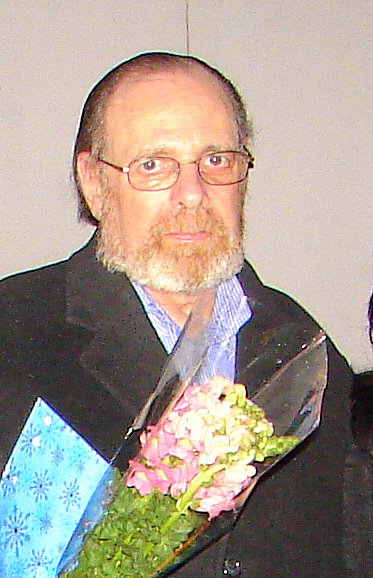Electroconvulsive therapy, also known from times of old as "shock therapy," is on the rise—albeit a relatively quiet one. Considering its beginnings as a crude and violent procedure, it's not surprising that ECT's comeback isn't loudly publicized. The treatment, which involves inducing a controlled seizure, is most often administered to patients with significant psychiatric illness—depression, mania, and bipolar disorder—and is one form of brain stimulation therapy for people whose symptoms don't respond to medications. Kitty Dukakis, actress and wife of 1988 presidential candidate Michael Dukakis, has spoken candidly in recent years about her reliance on the treatment, the only one that significantly alleviates her bouts with severe depression. Many clinical trials are currently investigating ECT to better understand why it seems to work against major depression—it puts 60 percent to 80 percent of people who try it into remission—and researchers at the National Institute of Mental Health are investigating the therapy's potential in treatment of schizophrenia that does not respond to common medications. Still, the treatment suffers stigmatization—in part due to its association with mental illness but also due to its checkered past since its inception in the late 1930s.
REDA MORE @ U.S. NEWS & WORLD REPORT"
Saturday, July 18, 2009
Brain Stimulation: Electroconvulsive Therapy ECT, checkered past and all, is making a quiet comeback
Subscribe to:
Post Comments (Atom)


No comments:
Post a Comment